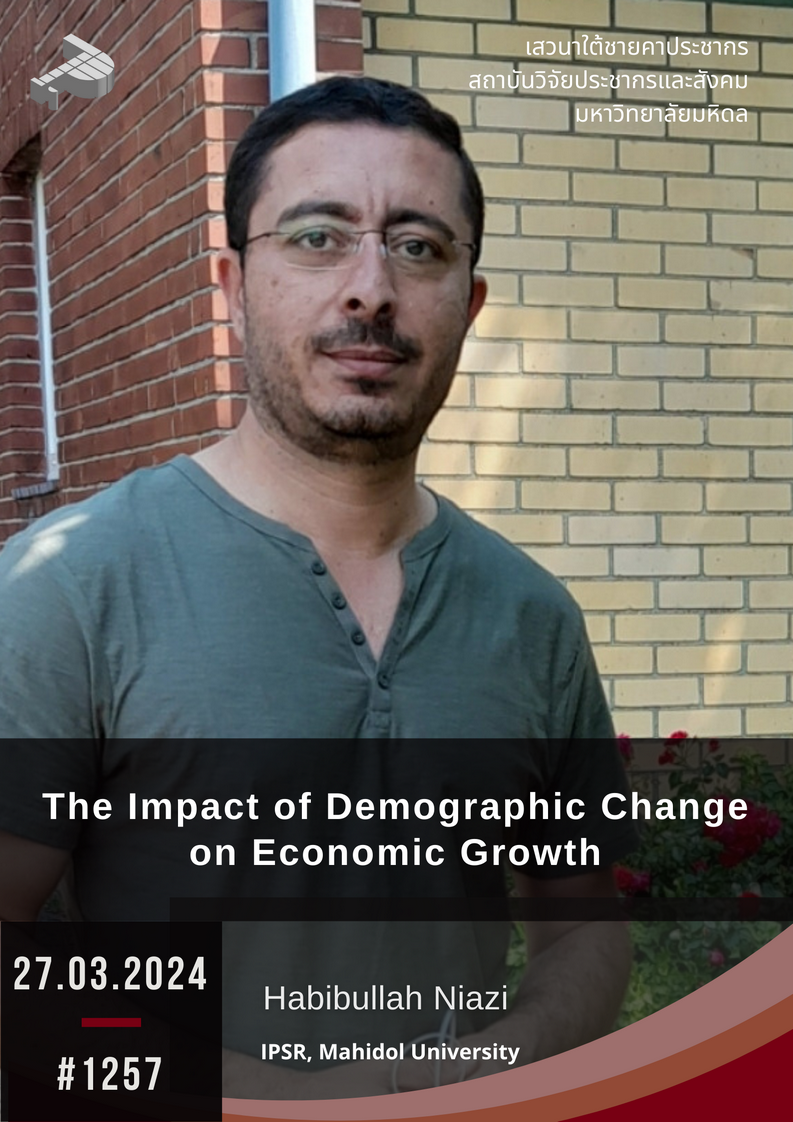This research focuses on investigating existing evidence concerning theories research designs, findings, and gaps in studies exploring the relationship between demographic change and economic growth. This comprehensive review involves thoroughly examining scholarly works, studies, and reports that explore the complex interaction between demographic factors and economic indicators. Through synthesizing insights from various sources, the goal of this research is to enhance our understanding of how demographic shifts impact economic growth.
Demographic change encompasses alterations in the size, structure, and distribution of a population, with fertility, mortality, and migration identified as its three primary components. The change in the size and age structure of a population affects (by increasing or decreasing) the working-age population which impacts a country’s economic situation. The “pessimistic perspective “highlights the detrimental effect of population on economic growth, and the “optimist’s standpoint” believes in the importance of population in boosting productivity. Nevertheless, the independent relationship between population changes and economics is revealed to be neutral.
The findings suggest that demographic change can either be a burden or a bonus for a society, conditional on its age structure. A youthful population age structure presents an opportunity for economic growth, often referred to as the “demographic dividend” or the “demographic bonus”. Realizing gains from demographic dividend is based on the skilled labor force, female labor force participation, and technological advancement. In the absence of a proper demographic and development policy, the country may face burdens like economic recession, poverty, and unemployment. Implementing suitable population and economic policies, on the other hand, holds the potential for economic development, improved living standards, and enhanced human well-being.
